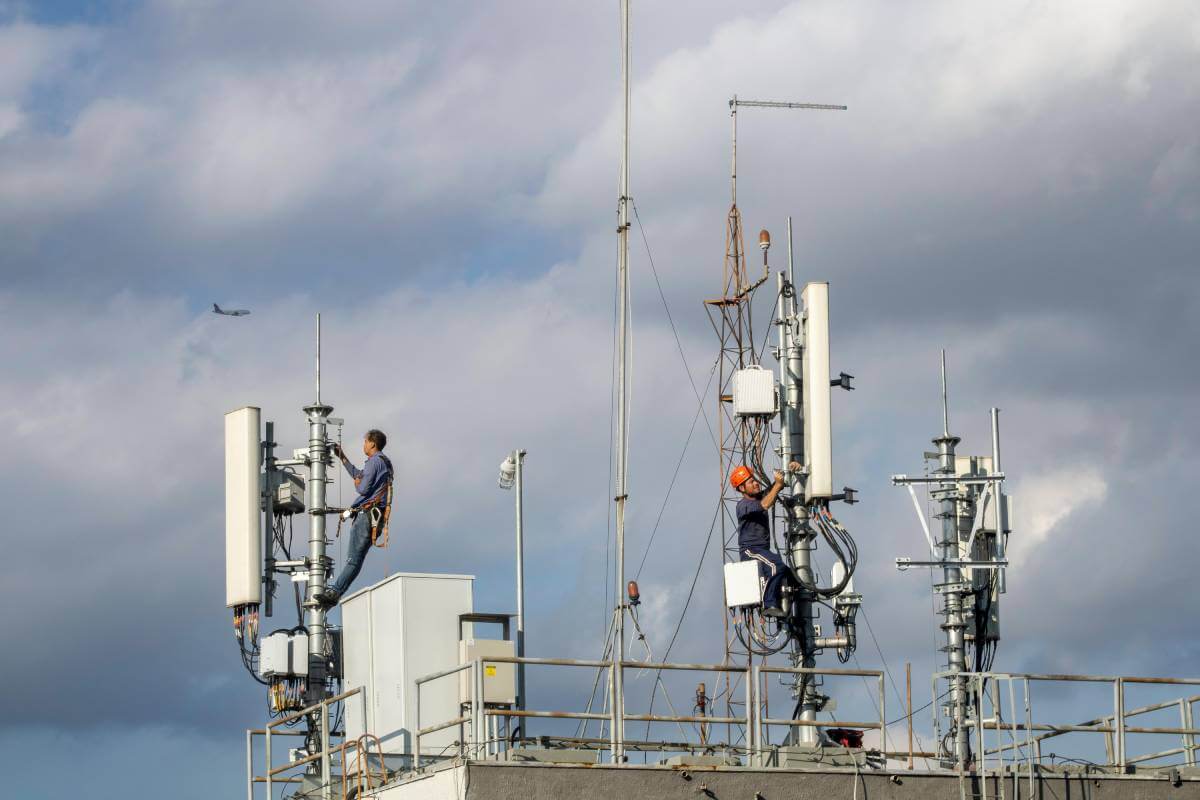Expanding WISP Coverage: Harnessing the Power of Carrier-Based LTE Devices"
- by ISPadmin
- 2024 / 02 / 21
- Engineering
Introduction


As demands for high-speed connectivity continue to rise, WISPs face the challenge of expanding their coverage areas to meet the growing needs of their customers. One innovative solution gaining momentum is the integration of carrier-based LTE devices into WISP networks. In this blog post, we will explore the benefits and strategies for augmenting coverage areas with these powerful devices.
Understanding the Power of Carrier-Based LTE:
Long-Term Evolution (LTE) technology, commonly known as 4G, has become the standard for high-speed wireless communication. Carrier-based LTE devices leverage the infrastructure of major mobile network operators, providing WISPs with a robust and reliable means of extending their coverage. By tapping into established LTE networks, WISPs can offer enhanced connectivity to customers in previously underserved or hard-to-reach areas.
Key Benefits of Integrating Carrier-Based LTE Devices:
1. Extended Reach:
- WISPs can utilize carrier-based LTE devices to extend their coverage to remote or challenging terrains where traditional infrastructure deployment might be impractical.
2. Scalability:
- LTE technology allows for seamless scalability. WISPs can easily adapt to changing demands by adding carrier-based LTE devices to their network, ensuring they can grow alongside customer needs.
3. Reliability and Redundancy:
- Leveraging carrier networks adds an extra layer of reliability to WISP services. In case of network congestion or downtime on the WISP’s infrastructure, the LTE devices can access the carrier network, ensuring continuity of service for end-users.
4. Cost-Effective Deployment:
- Instead of investing heavily in building and maintaining extensive infrastructure, WISPs can strategically deploy carrier-based LTE devices to fill coverage gaps cost-effectively.
Strategies for Implementation:
1. Network Integration:
- Integrate carrier-based LTE devices seamlessly into the existing WISP network infrastructure. This can be achieved through strategic placement of LTE access points and effective network management.
2. Strategic Placement:
- Identify areas with high demand or low coverage and strategically place carrier-based LTE devices to maximize coverage and
performance. Conducting thorough site surveys and analysis is crucial for optimal placement.
3. Spectrum Management:
- Efficiently manage spectrum resources by coordinating frequencies between WISP and carrier networks. This ensures minimal interference and maximizes the overall performance of the integrated network.
4. Quality of Service (QoS) Configuration:
- Fine-tune QoS settings to prioritize WISP traffic over the carrier network, ensuring that WISP customers receive the best possible experience.
Conclusion:
As WISPs navigate the challenges of expanding coverage areas, the integration of carrier-based LTE devices emerges as a strategic and cost-effective solution. By harnessing the power of established LTE networks, WISPs can extend their reach, enhance reliability, and meet the growing connectivity needs of their customers. Embracing this innovative approach positions WISPs for success in an increasingly connected world.
Contact us here to learn more about how ISP Revolution can help you deploy with confidence – the first time
RECENT BLOG
MORE INFO
ISP Resolution © 2024 All Rights Reserved
